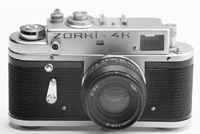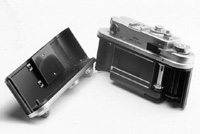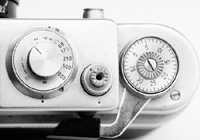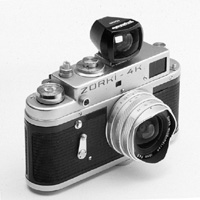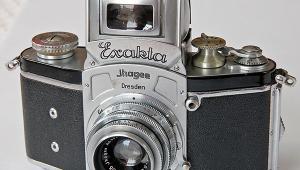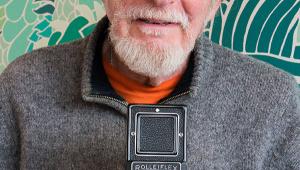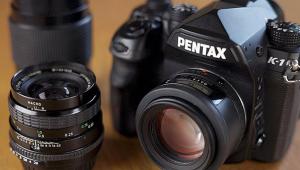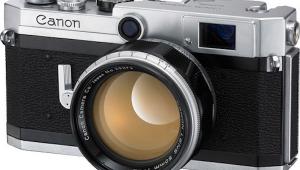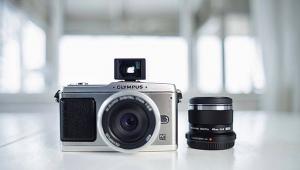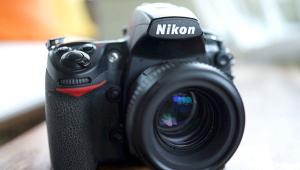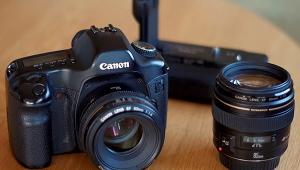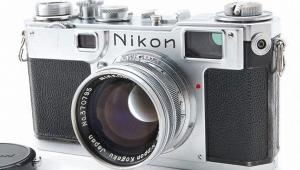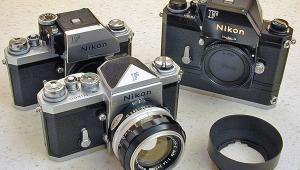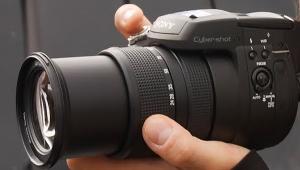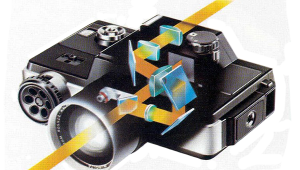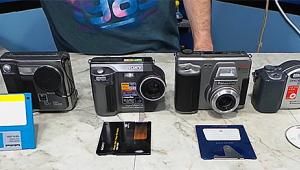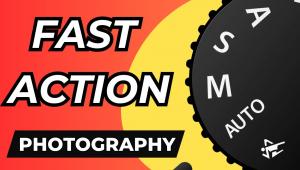Classic Cameras
Zorkii 4K
A Vintage Charmer
The Soviet-made Zorkii 4K is the high point of the Leica screw-compatible Zorkii series. Zorkiis started out similar to Feds, but later became quite different. Feds, in turn, were initially arrant Leica copies but later diverged in their own account. Although the Roman-alphabet cameras just say "Zorki," "Zorkii" or "Zorkyi" is closer to the Cyrillic original. |
|||
It's crude, there's no doubt about that. But equally, what ain't there, can't go wrong--especially the meter, notoriously a weak point on Eastern European cameras. No meter = one less problem. The standard of finish is quite high; the lens-film register is perfectly adequate (and can be shimmed, if need be); and the accuracy of the shutter is quite remarkable. |
|||
Lens Quality |
|||
The Zorkii In Use Field Of View Shooting Results |
